Date: 16 January 2006
Substrates that have been coated with Novolay are especially well-suited for encapsulating miniature electronic and opto-electronic components, such as sensors, MEMS, CMOS image sensors, but also photo diodes inside a wafer laminate.
Novolay is based on a unique vaporization technique. In explaining the most important result of this development, Klaus Hammerl, who is commercially responsible for the Novolay technology, says, Because we succeeded in making sure that the processing temperature on the surface of the substrate to be coated remained under 120° Celsius, the components that are to be encapsulated can be given a structure by using photoresists.
Glass is heated to approx. 2000° Celcius inside a specially designed vacuum chamber until a glass fog emerges. This condensates on top of the substrates and forms layers that are between 0.1µm and 30 µm thick with the help of the same process. Following the lift off process that takes place next, the glass structures are formed in accordance with the pre-defined microstructure of the photoresist. Using application-specific alkali and lead-free passivation glasses, as well as dielectric and high-frequency characteristics, SCHOTT also addresses the need for compact multi-layer systems with interconnecting structures and the integration of passive components.
Novolay can be put to use in both the IT and communications industry, but also in biotechnology, medical technology and the automotive industry.

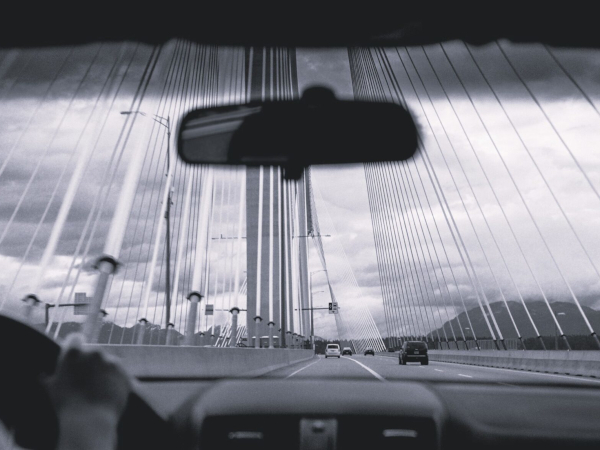
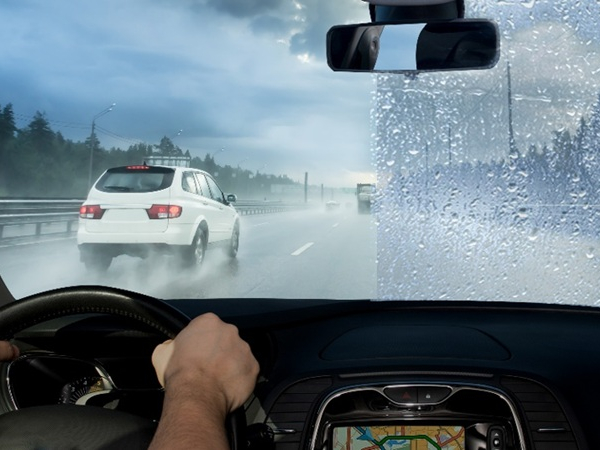
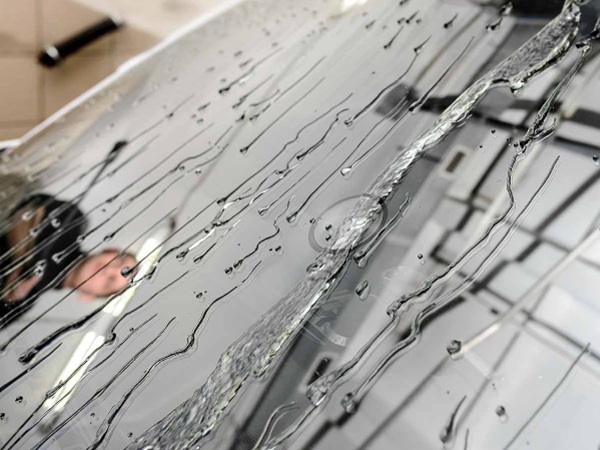
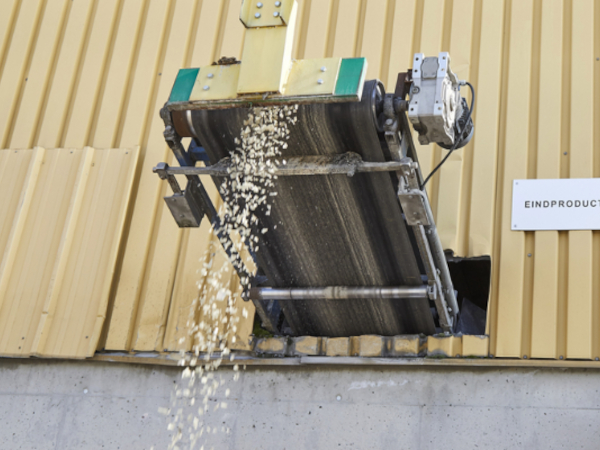












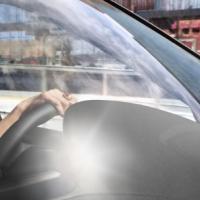

Add new comment